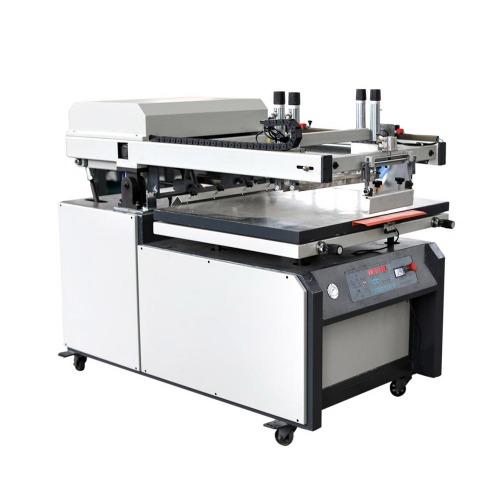How to judge whether the heating and cooling system of the hot foil stamping machine is operating normally?
2024-05-13
To determine whether the heating and cooling system of the hot foil stamping machine is operating normally, you can check the following aspects:Temperature monitoring: Use a thermometer or the temperature display that comes with the hot foil stamping machine to monitor the temperature of various key parts during the heating and cooling process. Ensure that the heating temperature reaches the set value stably and decreases quickly and smoothly during the cooling process.Observe the indicator lights: There are usually indicator lights for the heating and cooling systems on the hot foil stamping machine. By observing the status of the indicator lights, you can determine whether the system is in normal working condition. For example, the heating light should light up during heating, and the cooling light should flash or light up during cooling.Listen to the sound: Listening to the sound of the hot foil stamping machine during the heating and cooling process can also help determine whether the system is operating properly. There should be no unusual noise or vibration during normal heating and cooling processes.Check the heating elements: For heating systems, you can check whether the heating elements (such as heating tubes, heating plates, etc.) are intact and have no signs of burnt or damaged. At the same time, you can also check whether the connection between the heating element and the power supply is tight.Check the cooling system: For the cooling system, you can check whether the cooling fan is running normally and whether the fan blades are intact. At the same time, you can also check whether the cooling water channel is smooth and there is no blockage or leakage.Performance testing: Regular hot stamping performance testing is also an effective way to determine whether the heating and cooling system is operating properly. By comparing the hot stamping effects at different time points, the impact of the heating and cooling systems on the hot stamping quality can be evaluated.If any abnormality is found during the above inspection, the machine should be stopped in time and repaired or maintained to ensure the normal operation of the hot foil stamping machine and the quality of the hot foil stamping machine.
Read More








 中文简体
中文简体 Español
Español





